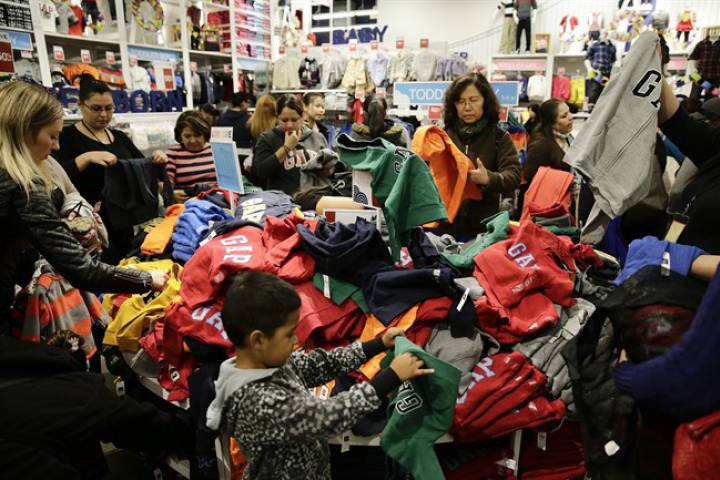Retail sales in Canada fell 2.2% in December from November on a seasonally adjusted basis, but not adjusted for inflation, to C$43.2 billion ($31.38 billion).
“Declines were widespread as lower sales were reported in 10 of 11 subsectors, representing 97% of retail trade,” Statistics Canada reported.
The agency blamed the weather. “Later snowfalls and unseasonably warm weather in many parts of Canada may have contributed to lower seasonal purchases,” the report said, adding that the decline was widespread, and therefore beyond winter jackets and fuzzy earmuffs.
Motor vehicle sales dropped 3.9%, with sales at new car dealers falling 4.1%. In dollar terms, given the magnitude of motor vehicle sales, it was the largest decrease among all subsectors.
On the other hand, the sub-category of “other motor vehicles dealers” includes snowmobiles, and there sales plunged 6.7%, down for the third month in a row.
Then the really bad news was that store types typically associated with holiday shopping registered weaker sales in December, with sales at general merchandise stores down 2.2%, falling for the second consecutive month in a row; clothing and accessory stores down 3.6%; electronics and appliance stores down 3.0%, the fourth month of falling sales in six; sales at sporting goods, hobby, book and music stores down 2.3%.
And it was spread across the country. Retail sales dropped in nine of the 10 provinces and in all 3 territories.
At first glance, on a year over year basis, retail sales didn’t look so bad, rising 2.6% from December 2014, propped up by British Columbia and Ontario where retail sales rose 7.1% and 5.1% respectively, but they plunged 5.5% in the epicenter of the oil bust and the third largest province, Alberta.
Statistics Canada reported that the consumer price index jumped a hotter than expected 2.0% in January from a year ago, even though energy prices still plunged.
Food prices jumped 4% over the 12-month period while beverages were up 3.1%. The cost of buying or leasing a passenger vehicle 3.9%. These are multi-year high inflation rates.
The Canadian dollar, which the Bank of Canada has been trying to crush with all its might, has made imports more expensive. And so, inflation is now at the highest rate since 2011.
With inflation acting like this, consumers’ purchasing power has taken a hit. And this has an impact on retail sales. Adjusted for inflation, retail sales were up a minuscule rounding error of 0.13% year-over-year.
“Normally, inflation is driven by solid growth and solid demand from the consumer,” said Cavan Yie, an analyst at Manulife Asset Management in Canada. “But in this case it’s driven by foreign exchange.”
Yie said the combination of high inflation and negative sales growth—a phenomenon sometimes referred to as “stagflation”—bodes poorly for the Canadian economy.


